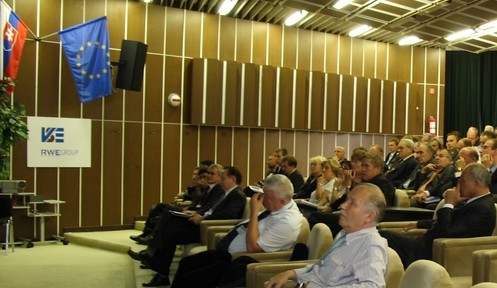|
Use of artificial intelligence to determine the degree of environmental pollution
*Ľuboš PAVLOV
VUJE, a.s.
Ľuboš SKURČÁK
VUJE, a.s.
Ladislav Hluchý
Slovenská akadémia vied
Marcel Kvassay
Slovenská akadémia vied
Peter Krammer
Slovenská akadémia vied
Martin Kremler
Slovenský hydrometeorologický ústav
Last modified:
2022-06-20
Abstract
The reliability, longevity and associated maintenance costs of the technological equipment of the electricity system depend on several factors. Throughout their operation, it is necessary to consider the impact of various meteorological conditions, fauna and flora, as well as human activity itself in the form of local environmental pollution. The degree of influence of these factors on the operation of technological equipment should be taken into account already in their design and processing of project documentation. Selection of specific types of components of technological equipment such as insulators, masts, conductor types, etc. is implemented on the basis of proven technical standards using the results of long-term field measurements, which are expensive. At present, however, in developed economies, a lot of data is collected and archived in various digital databases. These data sources bring new possibilities of their use for the needs of electric power industry. However, new approaches to finding new unknown contexts need to be developed and tested. Artificial intelligence techniques are used for such tasks, which are characterized by the ability to understand and find connections between input and output data that are unknown, often non-linear, and it is currently not possible to describe them by other commonly used models. An important feature of artificial intelligence techniques, and especially neural networks, is their ability to recognize and classify situations characterized by the development of several parameters simultaneously.
One of the tasks for the application of artificial intelligence techniques is to determine the degree of environmental pollution using data from the Slovak Hydrometeorological Institute. In Slovakia, measurements of pollution for the needs of the electric power industry were performed according to the standard STN 33 0405. This standard was repealed in 2015 without compensation, which opened the way for the application of artificial intelligence methods to determine pollution. The article summarizes the experience and achieved results of the application of neural networks to determine the relationships between measurements performed in different regions of Slovakia according to STN 33 0405 and data on air pollution monitored and collected by the Slovak Hydrometeorological Institute
|
 |
|







